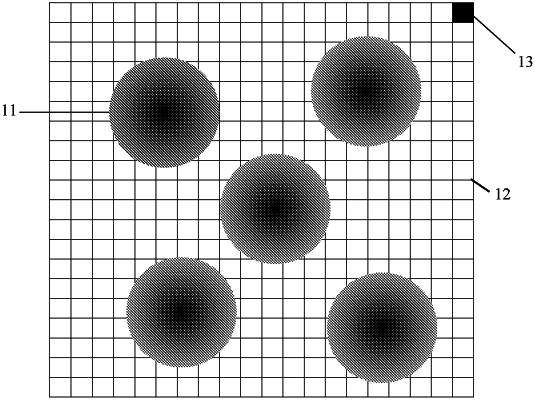| CPC G02B 21/361 (2013.01) [G01B 9/04 (2013.01); G02B 21/06 (2013.01); G02B 21/16 (2013.01); G02B 21/365 (2013.01)] | 20 Claims |

|
1. An imaging system, comprising:
an illumination source configured to illuminate a sample including a target analyte, wherein the target analyte forms a target-probe complex that binds to a particle on a first end and to a substrate on another end;
a lens configured to generate a blurred image of the particle, wherein a dimension of the blurred image of the particle is greater than a dimension of the particle multiplied by the magnification of the lens, and wherein a field of view in an image plane of the lens is larger than twice a size of the particle;
an image sensor having a pixel size of less than about the dimension of the blurred image of the particle, the image sensor configured to sense the blurred image of the particle, wherein an intensity of the blurred image of the particle is distributed on at least two pixels to form an intensity distribution; and
an image processor coupled with the image sensor and configured to determine a center of the intensity distribution associated with a first position of the particle, wherein the image processor is further configured to determine a displacement from the first position of the particle to a second position of the particle in a second configuration of the sample, the displacement being indicative of a binding of the particle to the target-probe complex.
|